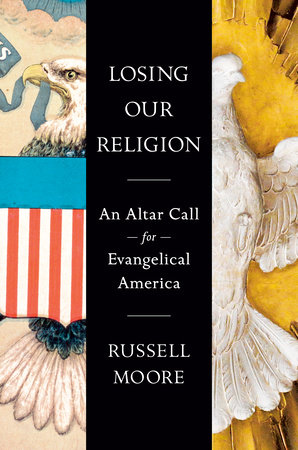When I was growing up, we lived in a rural community, with lots of acreage to play in, and miles and miles of woods all around. But my grandparents lived in the city limits, with neighbors close by. There my cousins, my brothers, and I learned to stay away from the grouchy neighbor lady. We knew if we stepped onto her perfectly manicured yard, she would scream from her screen door: “You kids get off my lawn!” My grandmother would warn us, “She’s a nice lady, but she just doesn’t like children.”
We thought she was mean. We were probably right. But we couldn’t imagine a whole community designed for the “You kids get off my lawn” crowd.
This week’s New York Times Magazine features an article by Christopher Caldwell about the new trend toward “childproof” communities, developments intended for and restricted to those without children.
This “age-qualified” housing is not illegal, Caldwell notes, because federal law recognizes a legitimate necessity to keep children out of, for instance, nursing homes.
As Caldwell puts it:
“When Congress amended the Fair Housing Act in 1988, it forbade discriminating against families with children (though it exempted developments for people 62 and older). In the case of communities for people 55 and older, the law required that the developments have ‘significant facilities and services specifically designed to meet the physical or social needs of older persons.’
“The lobbyist who wrote that language earned his money. There is no obvious line between ‘needs’ and tastes. Some developers took ‘older persons’ to mean the middle-aged and ‘significant facilities’ to mean golf. It was a bait-and-switch, exploiting compassion for the old to advance the consumer preferences of people in their prime.”
Caldwell reassures us that the problem isn’t with children. The residents of these new communities tell us that they love children. Some of their best friends are children. They just don’t want to live next door to one. And, after all, these communites are designed around affluent residents who are enjoying hard-earned leisure.
I don’t mind anyone living in an age-designed community. I’m certainly not calling for the government to outlaw them by amending the Fair Housing Act to do so, growing itself even bigger and more intrusive in the process. I just wonder what it says about us that we live in a nation so wealthy and so individualistic that some of us see the good life as a community without children. Could it be that we’ve so listened to the propaganda of arid sterility by the Planned Parenthood culture that we really believe the good life means living without the sound of babies crying, toddlers singing, elderly relatives telling stories?
Of course we all prefer to be with people just like us. It’s more comfortable that way. But it also helps us to worship, natural-born idolaters that we all are. The vision Jesus gives us of the kingdom of Christ, however, is trans-generational, welcoming those deemed too old by the world and celebrating those noisy children deemed too distracting by the world.
A few months ago, I was at my grandmother’s house, looking over what is left of it after Hurricane Katrina (not much). The grouchy old lady next door isn’t there anymore. But I still jumped automatically when I stepped near the property line. That lady probably wasn’t nearly as mean as I remember. She was probably just lonely, and probably scared. I’m sure my cousins and brothers and I were more annoying than I remember, screaming as we did through the Magnolias and fig trees, pretending to be pirates.
We knew what it was to love older people. Maybe the lady next door needed us to stop cowering and to march right over, to talk to her, to hear her stories. Maybe we would have found that she wasn’t all that mean after all. And maybe she would have conceded that noise doesn’t seem quite so bothersome when one loves the noisemakers.
There’s something to be said for stillness and quiet, for child-free surroundings and perfectly manicured lawns. But all that can be said, after all, of a cemetery, too.





